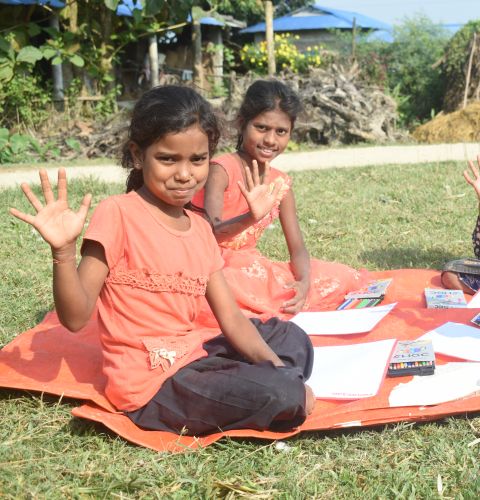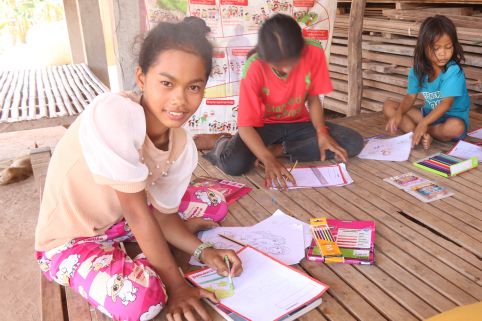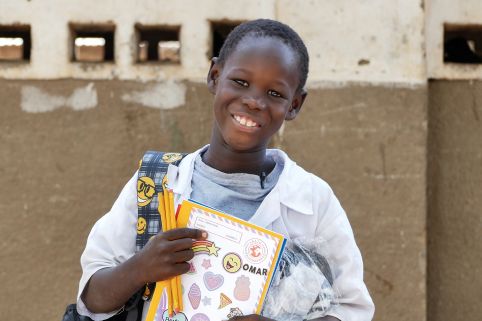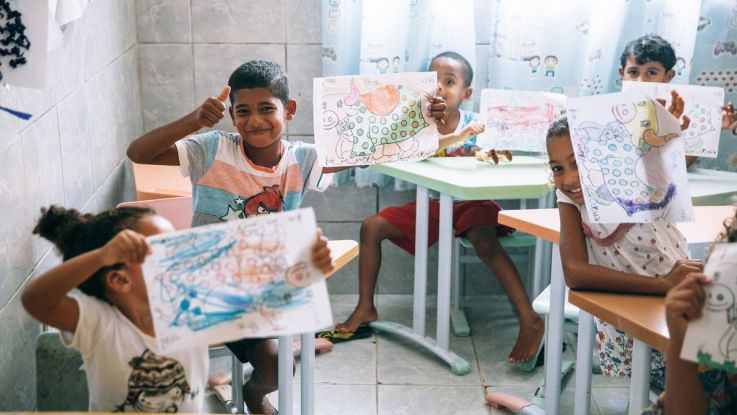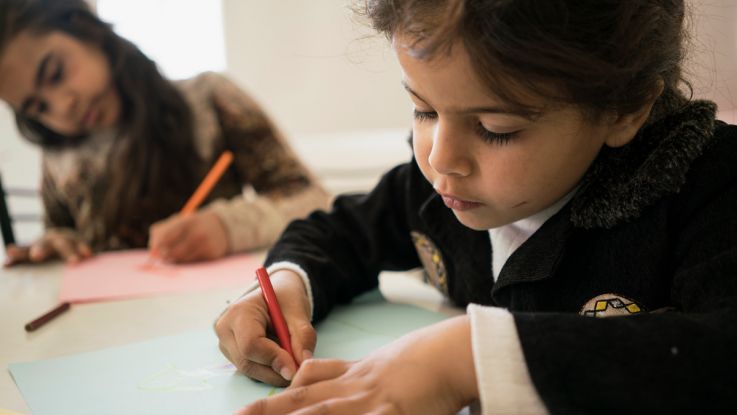Tips on writing to your sponsored child
1. Write about topics that children love
Children all over the world are interested in similar topics. They love to hear about your friends and family, what sports you like, and your hobbies. They also like to hear about the foods you eat and your family celebrations.
2. Be inquisitive in your letters
Ask questions in your letters:
- What is your favourite sport?
- What is your favourite animal?
- Who is your best friend?
- What's your favourite subject at school?
- What festivals do you celebrate?
- What would you like to be when you grow up?
Help protect your sponsored child
We do our utmost to protect the privacy of the children and avoid exposing them to any risks. This is why we never share identifiable information like the children’s full name, address details or birthdate.
We ask you to join us in protecting the children by keeping their images and information private, by not sharing their information online or in social media and by only contacting them in writing through ActionAid.
We also ask that you do not include your full name or address on any correspondence you send to the children. To safely deliver your messages, we need your first name, the name of the child the message is for, and your unique sponsorship reference number. Thank you for helping us protect all the children who volunteer to be part of ActionAid’s child sponsorship programme!
3. Get your whole family involved in writing
Short of ideas? Why not ask your children, nephews or nieces, godchildren or grandchildren to give you a hand. They could draw a picture or make a collage for you to send.
4. Keep in mind the style and format of your messages
Write clearly and simply, and keep it short.
Remember, all the messages sent to children will have to be translated, so it is best to avoid lengthy letters.
5. Send photographs or postcards instead of letters
It's fine to send a photo or a simple postcard to say 'hello', if you don't want to write a letter. You can even draw a picture or simply stick a photo of you, your family and your pets on a postcard. We often supply materials to use when we mail you updates – so please do take a moment to use them.
6. Be mindful of different cultural backgrounds in your letters and photos
Try not to focus on material items and avoid writing letters promoting political viewpoints, specific religions, or culturally sensitive topics. Please avoid sending holiday snaps with people in beachwear, or other photography that might be culturally inappropriate.
The choice to write is always the child’s
Thank you for understanding that it's not always possible to collect a message. This could be for many reasons, but it is important to remember that a child always has a choice.
They simply may not feel like writing a message on this occasion, and that is okay. We respect their right not to do so and will never force a child to write a message to their sponsor.
Posting your messages
All the letters and photos sent to the children are safeguarded at ActionAid before they are forwarded.
You can send your messages to ActionAid at:
ActionAid Child Sponsorship Office
Chard Business Park
Jarman Way, Chard
Somerset, TA20 1FB
For more information, please contact us at supportercontact@actionaid.org or call us on 01460 238 000.
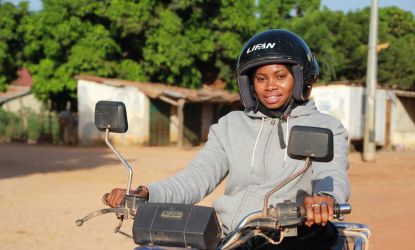
Ever wondered how your messages are delivered?
Mariama works as a child community facilitator in The Gambia. She travels on her motorbike to collect children's messages and deliver sponsors' messages to them.
"I usually meet the children at the local school," she says.
Before visiting I will let the headmaster know when I am due to arrive and arrange for a special lunch to be cooked for the children. All the children at the school will attend the lunch, even if they aren’t sponsored."
"After lunch the fun begins, I hand out messages I have taken with me to the children, helping them to read them if they need it. The children then begin writing their messages using the pencils, crayons, and other craft items I have taken with me. Then, at the end of the day the children can keep the pencils and crayons they have been using."
Thanks to community facilitators like Mariama, from The Gambia, messages are safely delivered to the children in 29 countries.
ActionAid
Page updated 15 January 2025
